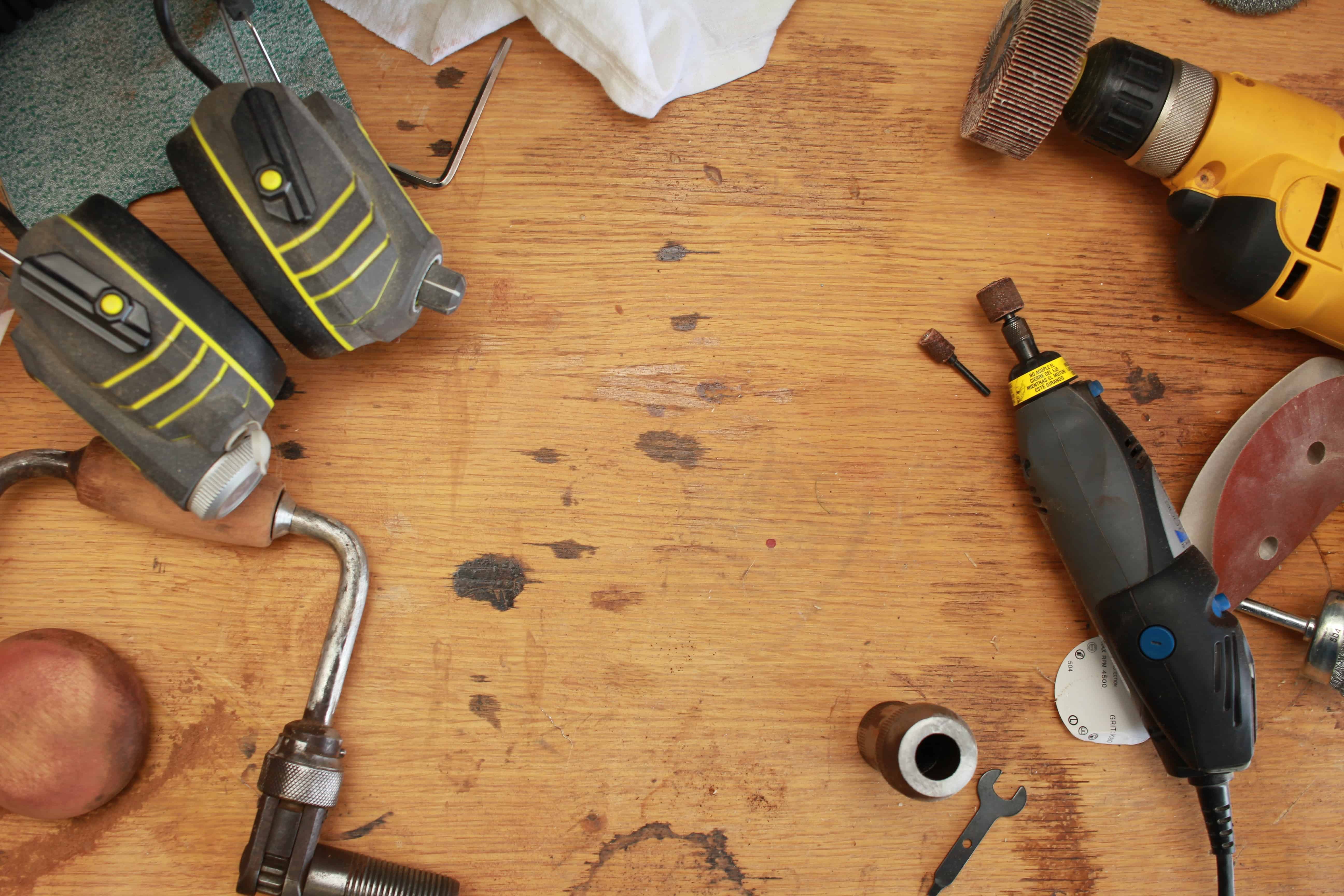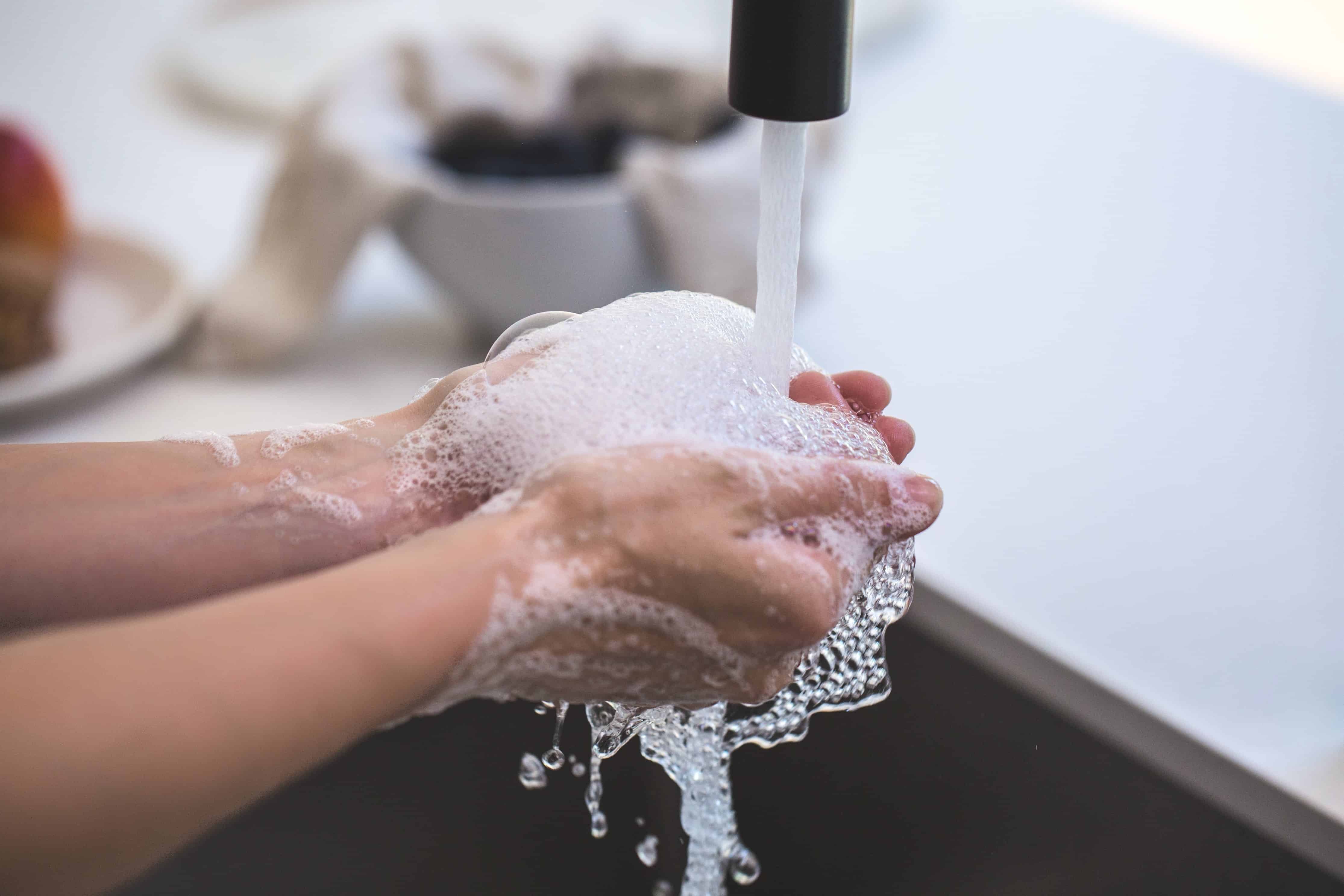- Home
- Checklists
Home Maintenance Checklist
Your home is your most significant investment. So, why wouldn’t you take proper care of it? Just like a car needs regular oil changes, keeping up with home maintenance tasks is a must. It is much easier to do your chores now and then instead of paying for extensive repairs. All these tasks can seem […]
140+ First Apartment Essentials & Necessities [♥️Checklist]
The time has finally come – you are officially an adult and about to live in your own apartment for the first time. And tada! Here comes the first apartment checklist! While you’re probably thinking about all the beautiful decorations you’re going to buy, there is something else you need to do first. You will […]
Home Inspection Checklist [80+ things to check]
You’ve finally found the home of your dreams, and now you’re ready to sign the contract. But, there is one essential step before making the purchase final – getting a home inspection. The freshly painted walls, hardwood floors, and granite countertops are superficial touches. What you don’t see is the dangerous wiring, ancient plumbing, or […]
House cleaning checklist
Nothing feels quite as good as a squeaky clean house. Our house cleaning checklist has 144 tasks and we promise, if you or your housekeeper complete all of them, your home will feel brand new. This checklist goes room by room to help you clean your home, and we even included a bonus spring cleaning […]
House Hunting Checklist [150+ must-haves & criterias]
You are ready to find the right home: You have a budget. You know your affordability amount. You’re pre-approved for a loan. You’re working with a realtor, or you are comfortable working on your own. You know your timeline. You’re now a highly qualified buyer; the only thing standing in your way is finding that […]
12 Things to Remember When Moving
Moving into a new home or apartment? With the whirlwind of things to do, it’s easy for some smaller items to fall off to the wayside. That’s why we created this moving checklist. There are a few basic things you can do early on to make moving day a breeze. So? What are the things […]
Kitchen Essentials – How to Set Up Your Dream Kitchen
Whether you’re moving into your first apartment or you’re moving to a new house, the kitchen will be an important part of your new home. Our checklist of kitchen essentials has all of the tools, utensils, cookware, and gadgets you’ll need to whip up some delicious meals. Below we’ll cover the necessities you should have […]

![140+ First Apartment Essentials & Necessities [♥️Checklist] First Apartment Checklist](https://homebuyingchecklist.co/wp-content/uploads/2017/02/Stocksy_txpf1e85a4dhMp000_Medium_710523.jpg)
![Home Inspection Checklist [80+ things to check] Home Inspection Checklist](https://homebuyingchecklist.co/wp-content/uploads/2019/01/home-inspection-checklist.jpg)

![House Hunting Checklist [150+ must-haves & criterias] House Hunting Checklist](https://homebuyingchecklist.co/wp-content/uploads/2018/05/House-Hunting-Checklist.jpg)

